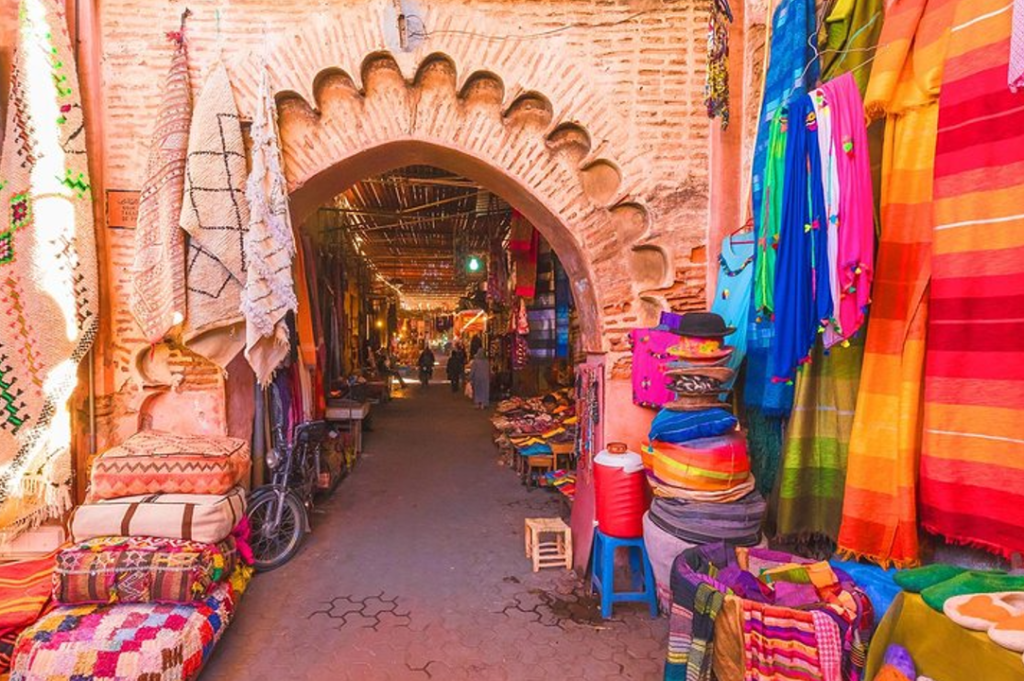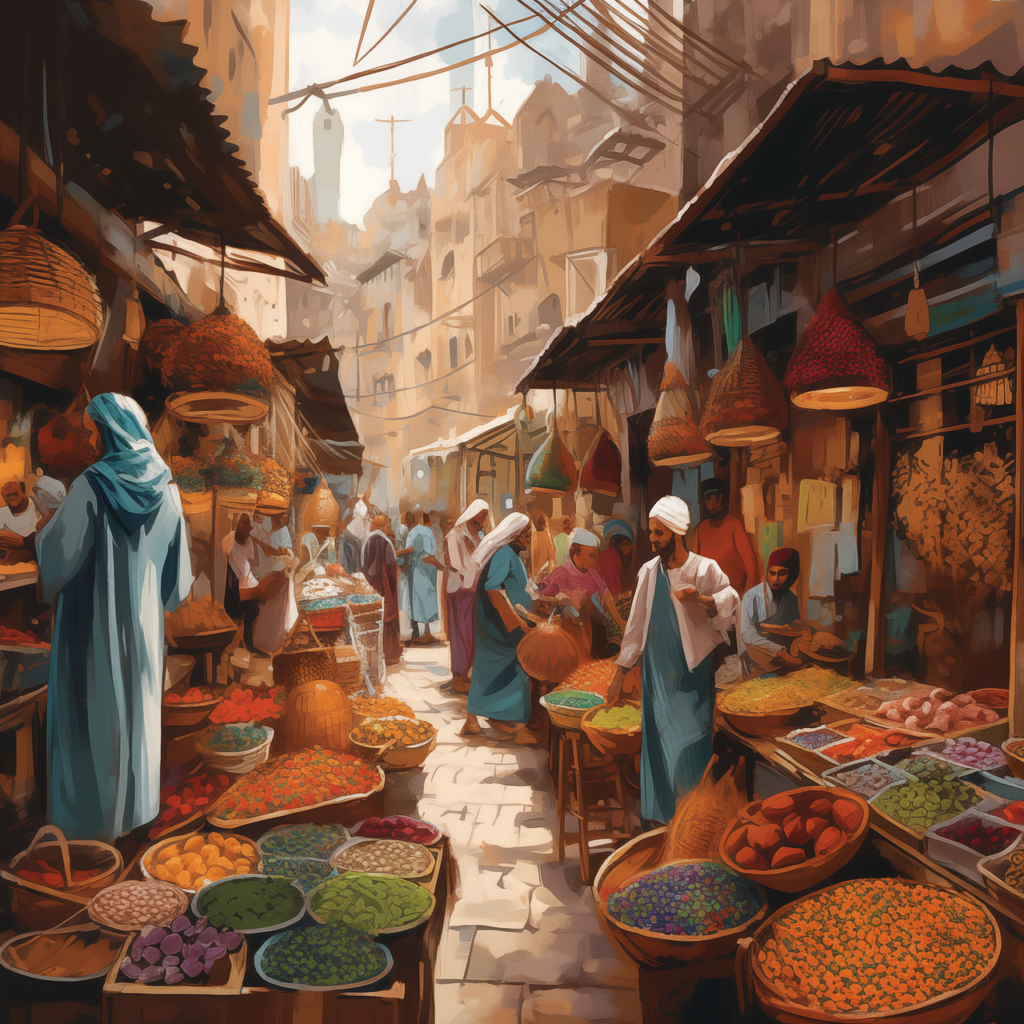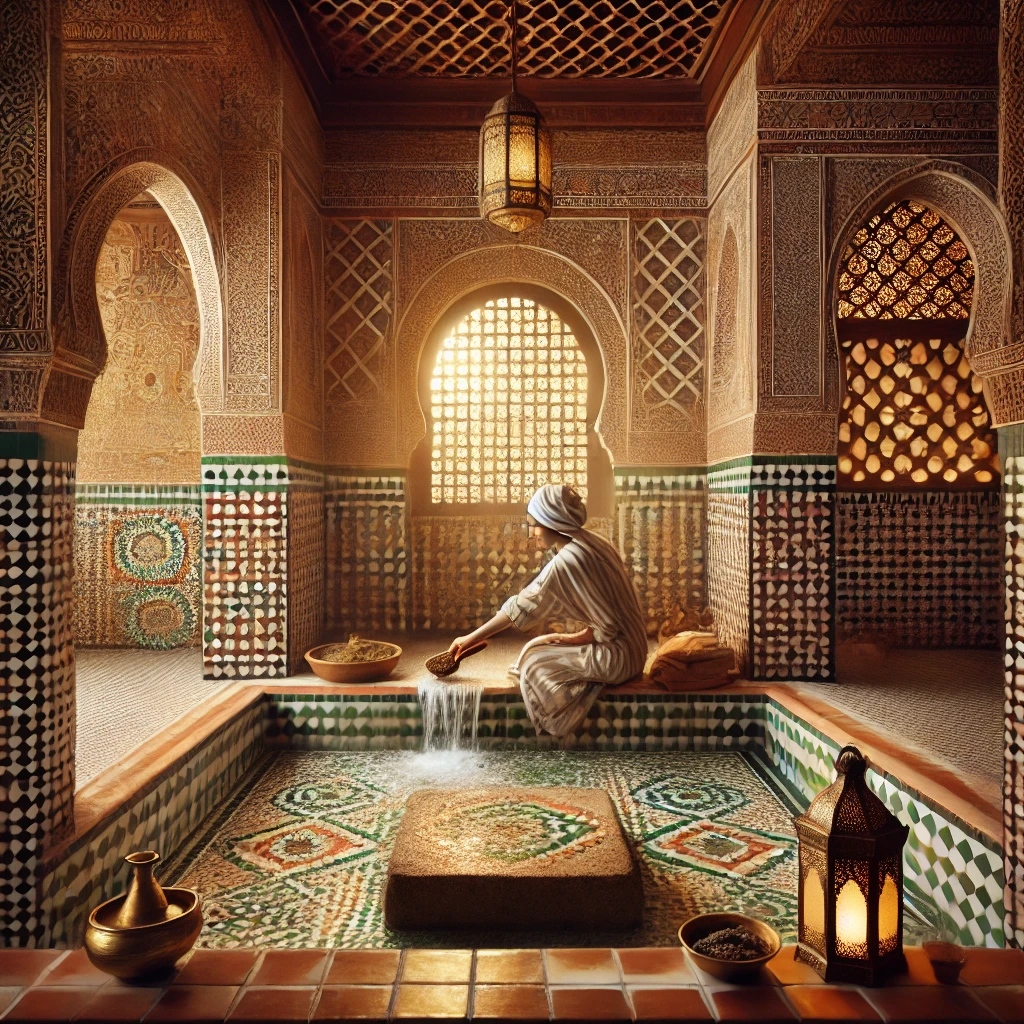Moroccan cuisine is a vibrant tapestry of flavors, colors, and aromas that reflect the country’s rich history and cultural diversity. If you’re an adventurous foodie or just curious about global culinary traditions, exploring traditional Moroccan dishes like Tagine, Couscous, Tanjia, and Pastilla will take your taste buds on an unforgettable journey. In this article, we’ll dive deep into these iconic dishes, offering you insights into their preparation, history, and unique characteristics.
Tagine: A Stew Like No Other
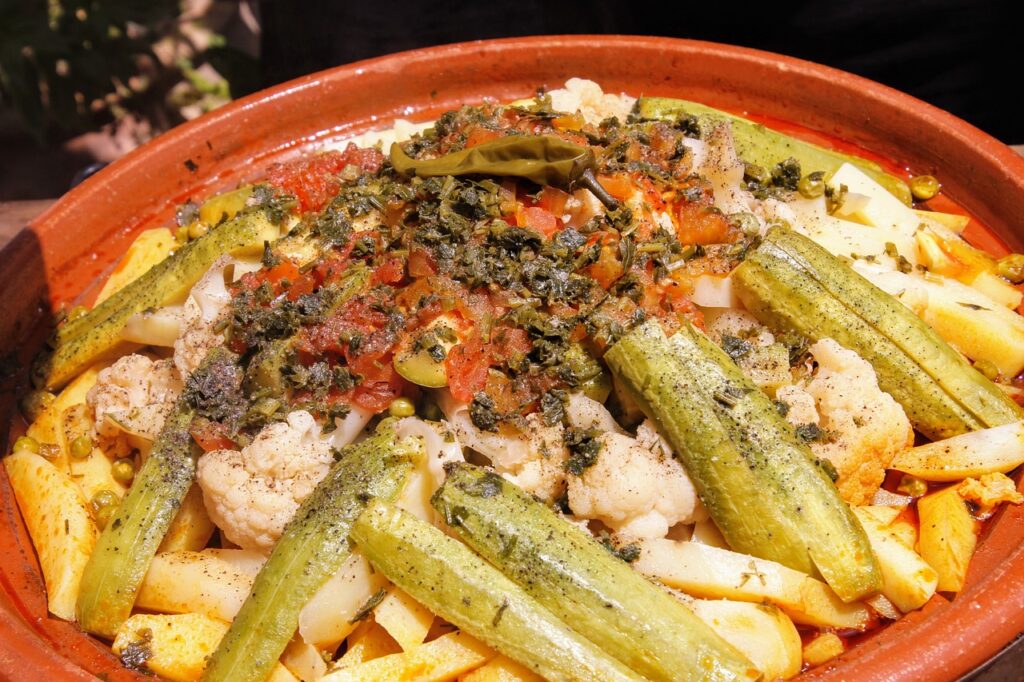
Tagine is more than just a dish; it’s a Moroccan culinary icon. Named after the earthenware pot in which it is cooked, tagine is a slow-cooked stew that combines meat, vegetables, and a variety of aromatic spices.
Key Ingredients:
- Meat: Common choices include lamb, chicken, or beef.
- Vegetables: Potatoes, carrots, and onions.
- Spices: Cumin, coriander, saffron, and ginger.
- Fruits: Apricots or raisins for a touch of sweetness.
How It’s Made: The ingredients are placed in a tagine pot, which has a conical lid that allows steam to circulate, keeping the dish moist and tender. The slow cooking process melds the flavors beautifully, creating a rich and aromatic stew.
Why It’s Special: Tagine’s unique cooking method ensures that every bite is infused with the deep, layered flavors of Moroccan spices. The result is a comforting and flavorful dish that is a staple in Moroccan households.
Couscous: The Quintessential Moroccan Staple
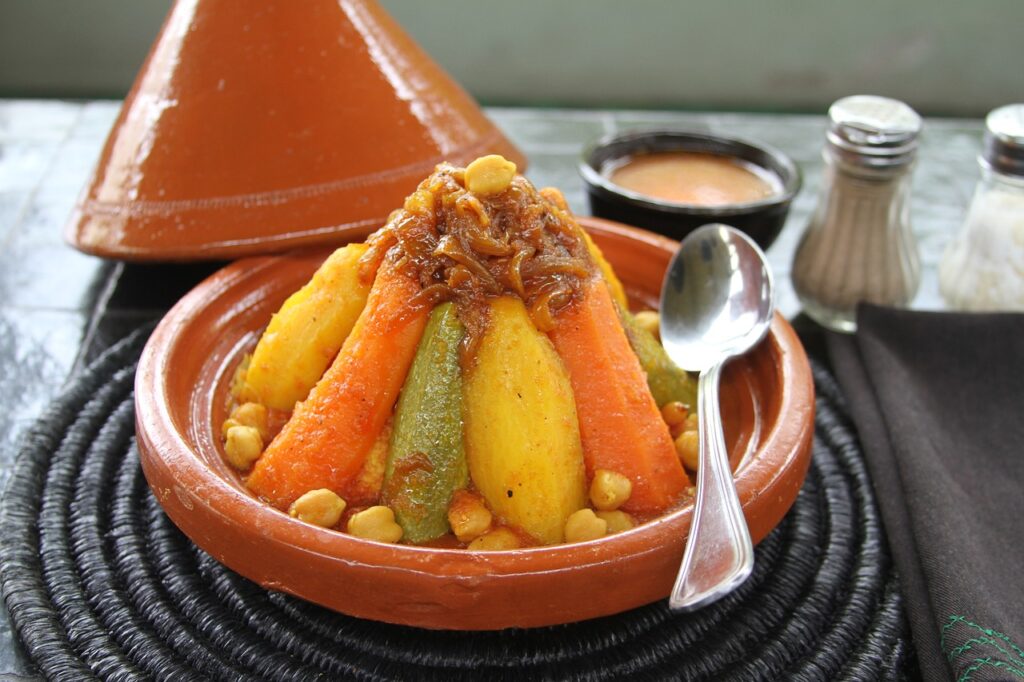
Couscous is often considered the national dish of Morocco. Made from steamed semolina wheat, couscous is a versatile base that can be paired with a variety of meats, vegetables, and sauces.
Key Ingredients:
- Semolina: The primary ingredient, often steamed multiple times.
- Accompaniments: Lamb, chicken, or vegetables.
- Sauces: A flavorful broth with chickpeas, carrots, and zucchini.
How It’s Made: The semolina is steamed and fluffed to achieve a light and airy texture. It’s typically served with a hearty stew or sauce poured over it, making for a satisfying and filling meal.
Why It’s Special: Couscous’s versatility makes it an excellent choice for any meal. Whether enjoyed as a simple side or the main dish, its mild flavor pairs well with a variety of ingredients.
Tanjia: A Marrakech Specialty
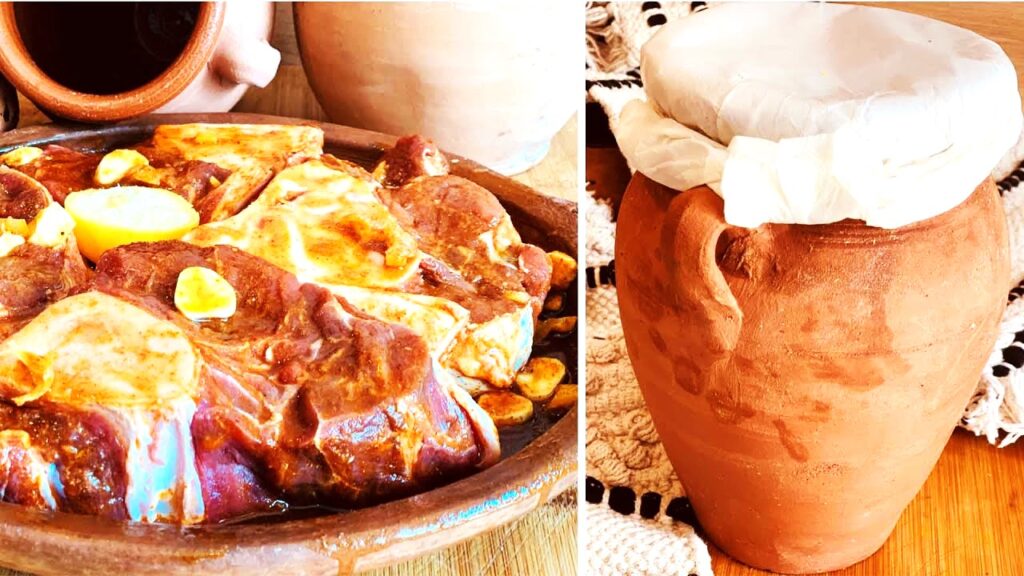
Tanjia is a traditional Marrakech dish that captures the essence of Moroccan cuisine. Named after the earthenware vessel used to cook it, Tanjia is a slow-cooked meat dish that is particularly popular in the Marrakech region.
Key Ingredients:
- Meat: Typically lamb or beef.
- Spices: Cumin, saffron, and preserved lemons.
- Additional Ingredients: Garlic and olives.
How It’s Made: The meat is seasoned and cooked slowly in a special pot, allowing the flavors to develop over time. The result is a deeply flavorful and tender dish.
Why It’s Special: Tanjia’s slow-cooking method and unique spice blend create a rich, savory flavor profile that’s distinct to Marrakech. It’s a dish that represents the local traditions and flavors of the region.
Pastilla: The Sweet and Savory Delight
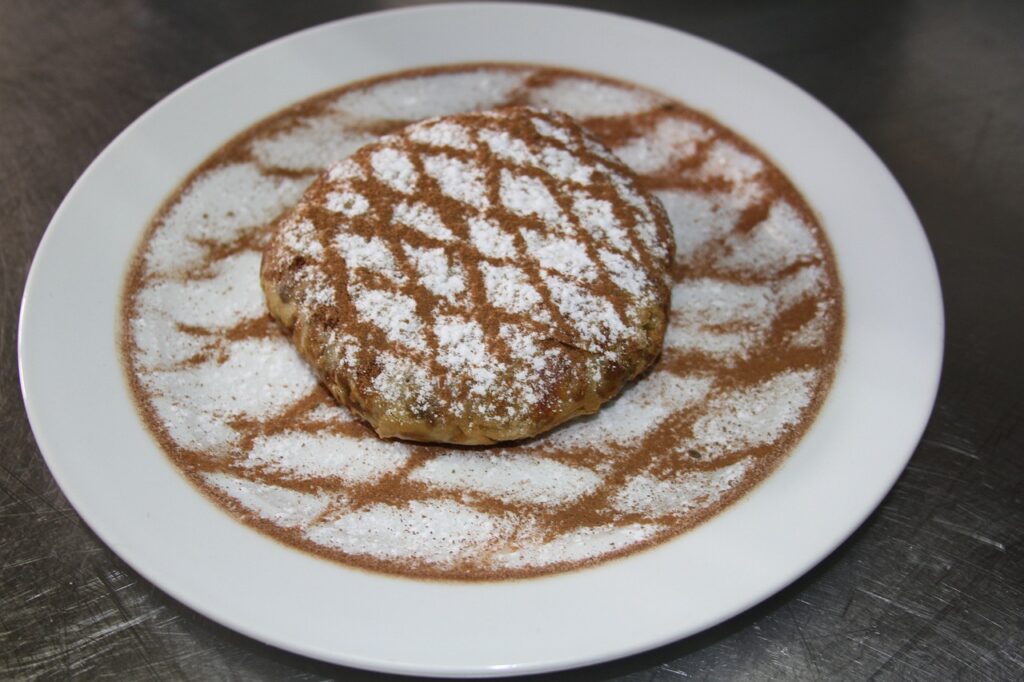
Pastilla (or Bastilla) is a Moroccan pastry that combines sweet and savory elements in a unique and delicious way. This dish is often reserved for special occasions and showcases the complexity of Moroccan flavors.
Key Ingredients:
- Meat: Traditionally pigeon, but chicken is often used as a substitute.
- Phyllo Dough: Used to encase the filling.
- Spices and Nuts: Cinnamon, saffron, and almonds.
How It’s Made: The filling, usually made from meat, eggs, and almonds, is wrapped in layers of phyllo dough and baked until golden. It’s often dusted with powdered sugar and cinnamon before serving.
Why It’s Special: Pastilla’s combination of sweet and savory flavors, along with its delicate pastry, makes it a truly special dish that stands out in Moroccan cuisine.
Explore Moroccan Cuisine at Home
Understanding and preparing these traditional Moroccan dishes can bring a taste of Morocco into your own kitchen. Whether you’re looking to recreate the comforting flavors of Tagine and Couscous, savor the local specialties like Tanjia, or indulge in the sweet-savory Pastilla, Moroccan cuisine offers a rich and rewarding culinary experience.
For more recipes and tips on Moroccan cooking, stay tuned to our blog. Dive into the vibrant world of Moroccan flavors and discover new favorites to add to your culinary repertoire!
